The Mini JCW GP’s wild power eruptions, the crisply sophisticated balance of the finely honed BMW 420i or the unexpected punch of the carbonfibre-rich, concept car-like BMW i3? Each of these experiences can be yours for near enough £40,000, making for quite some variety not only at the price, but also from the same manufacturer.
It’s not just that the characters of these cars are different, but so are their missions and make-up. Disparate selections of vehicles can, of course, be made from other car makers’ portfolios, not least Volkswagen for one, and Stellantis (PSA and FCA, if you’re wondering) for another. But no manufacturer offers three such utterly different cars for near-identical money.
The most mainstream model here is the 420i, a close relative of the 3 Series, if with a usefully reinforced body structure, a lowered centre of gravity, 50:50 weight distribution and a widened track to suit its more sporting ambitions. For a base price of £40,460, you get a 182bhp 2.0-litre turbo petrol driving the rear wheels (no longer a BMW constant) and an eight-speed automatic gearbox. Not an especially scintillating confection, but there’s rather more to this car than its stark spec sheet reveals.
The Mini GP’s driven wheels are at the other end, and it is (very) forcibly propelled by the same 2.0 turbo as used in the 420i, substantially strengthened and boosted here to provide 302bhp and a horizon-compacting 332lb ft. As with the 420i, it’s harnessed to an eight-speed auto – a manual would be mashed by the torque, apparently – but you get some cheap-looking paddle shifts. For the £35,345 list price, a mechanical limited-slip differential is included, and while it never totally tames this Mini’s inner tiger, it at least renders this power-crazed device drivable. The optional £2000 GP Touring Pack includes a navigation upgrade, automatic dual-zone air-con (a useful balm during dynamic workouts) and heated seats – likely to be superfluous once you get rim-wrestling. It all takes this Mini close to £40k.

You’ll get £310 change from that £40k if you buy BMW’s standard i3. It looks much the same as the car that was launched seven years ago, but improving battery technology has substantially increased its potential. Today’s 120Ah has an official claim of 182-190 miles, which is a little optimistic in reality but nevertheless enough to allow the deletion of the i3 Range Extender offered early on.
The fundamentals of the i3 need no updating. Its carbonfibre core remains unique at this price, and an airy cabin serves an intriguing mix of artfully modern furnishings and virtue-signalling recycled stuff.
The sensation of difference is evident from the moment you switch on and hear nothing. The silence of EVs is becoming more common, but if internal combustion is what you’re used to, the i3’s placid nature will impress. So will its go, which is startling if you’re unfamiliar with an EV’s all-you-can-eat torque. This is, in fact, the second-fastest of our trio, its 7.3sec 0-62mph just shading the 420i’s 7.5sec. So it’s calming yet fast.
Less relaxing is the i3’s ride, which turns sudden on choppier roads, with suspension less supple than its non-sporting design implies. It nevertheless changes direction cleanly unless you add ambitious pace, at which point its slender-tyred trade-off between low-rolling resistance and outright grip becomes eye-wideningly apparent.

The i3’s improved battery isn’t enough to totally extinguish range anxiety, but the usage patterns and charging habits you’ll develop as an owner will quell that. Other debits include the less than convenient sequential door opening (fronts before rears), the small, battery-invaded boot, the ageing display graphics and the inconveniently sited charging socket. Yet the i3 still looks like tomorrow’s car – it even makes the 420i look slightly dated – and in its construction if not range, it is more advanced than VW’s ID 3.
For a wild contrast, step aboard the Mini GP. Step down in fact, because the GP’s semi-encasing seats lie much lower than the i3’s. There are only two seats: the GP’s extreme spec dispenses with the back bench, replaced by a red strengthening crossbar intended to prevent baggage entering the passenger zone from a much-enlarged boot. More striking than this are the carbonfibre barge-board wheel-arch extensions, a satisfyingly complex roof wing, a snowplough of a front spoiler and big, disc-exposing 18in alloys.
The black interior is a bit plain, but you won’t have time to notice when you get going. This Mini writhes with acceleration and the combined forces of torque, topography and your directional ambitions. It torque-steers, chases down cambers, fights itself, wheelspins and generally requires two hands on the wheel at all times, despite the standard Torsen diff.
Big tyres deliver big grip, and if you shift those eight gears manually, huge torque and a low 6500rpm rev limit guarantee frantic paddle plucking. This suggests a slight lack of finesse, and yes, there is less than previous Mini GPs have managed. This isn’t quite buffed to the standard of previous GPs, yet it is not a one-dimensional bend obliterator. This mad Mini is unexpectedly civil on motorways, and its suspension is able to round off sharp bumps with surprising panache.

Don’t expect refinement of the 420i’s level, though. That car’s quiet cruising demeanour is still more restful than the i3’s. You sit aboard a finely furnished, well-ordered cabin of satisfyingly high quality. It’s easy to feel all is well with the world in here, as deluded as that might sound these days. The sports car in this coupé is a little harder to find, however. Its acceleration never feels more than adequately brisk, and at times the chassis could be communicating from another room, so remote is the steering’s feel. It’s a sensation compounded by the lack of weighting as cornering forces build. But you get used to it, at which point you can appreciate a well-balanced, agile chassis that slices bends with easy precision. With adaptive dampers the ride is mostly civil, too. This car is well balanced in every sense, as one might expect of a model so closely related to the polished 3 Series.
The i3 and Mini GP offer strong contrasts to the 420i’s more subtle character. That the three are so different is partly down to their brand flavouring, of course, but also because they ride on entirely different architectures, allowing scope for more engineering differentiation. This trio demonstrate that to great effect, even if the i3 has blazed a trail into an engineering cul-de-sac and the Mini GP is an extreme limited edition.
It is far more typical of large car groups to share architectures and engineering philosophies across as many bodystyles as possible, even if they come from different brands within the same family. That said, we’re likely to see more variety of this kind for a while. As the industry shifts from ICE to EV, we can enjoy a fast-changing mix of propulsion systems and, hopefully, plenty of fresh thinking to go with it.
READ MORE
BMW raises i3 prices by £3665 eight years since launch

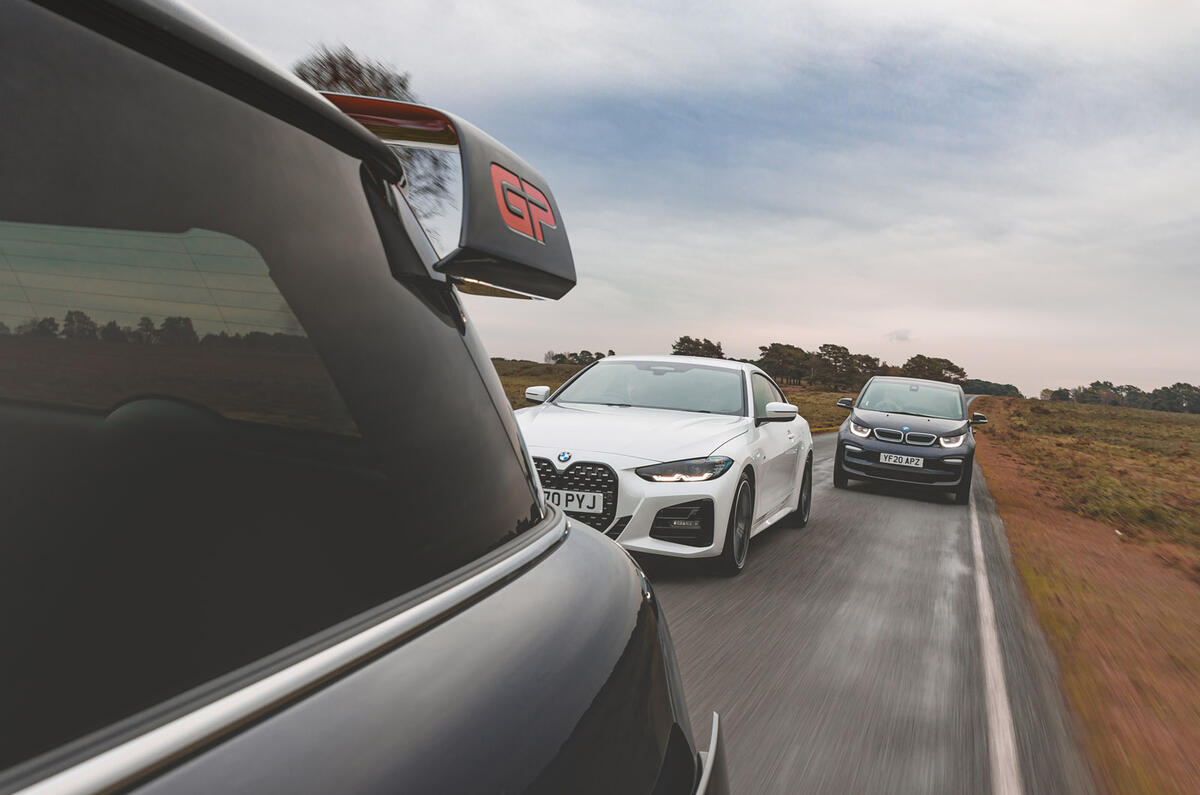
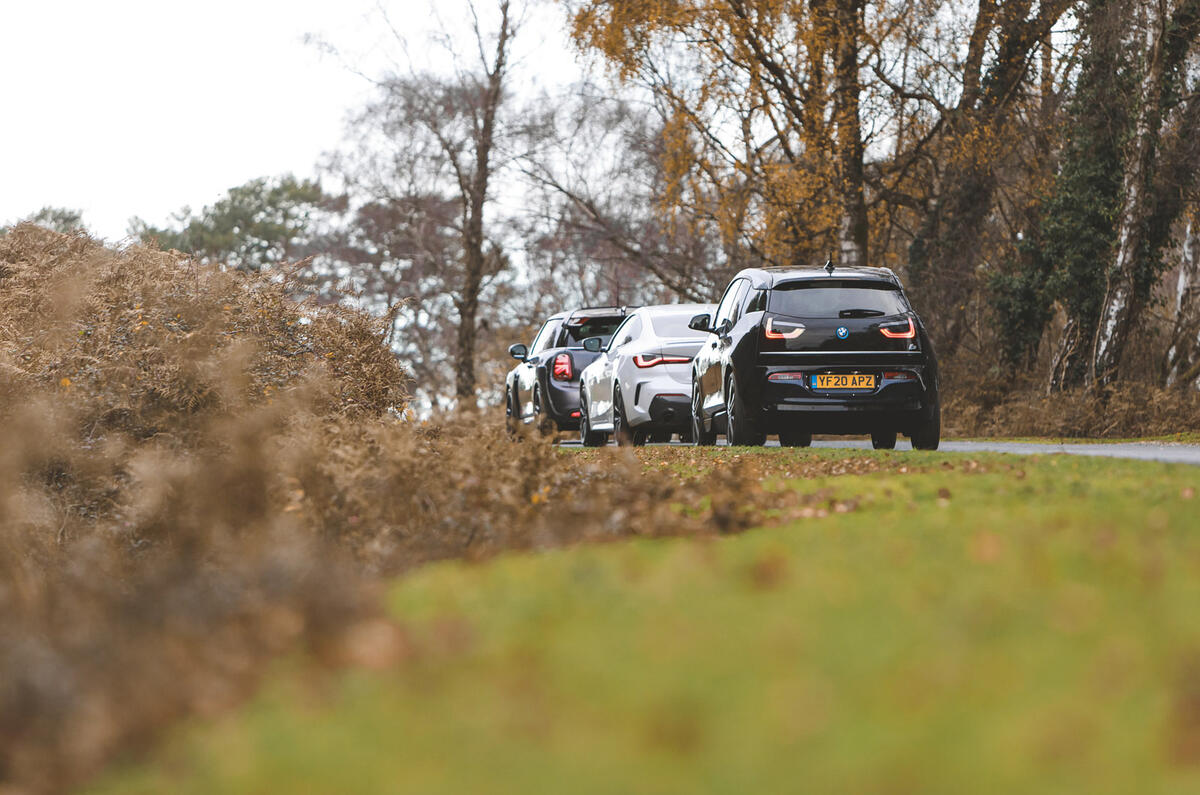
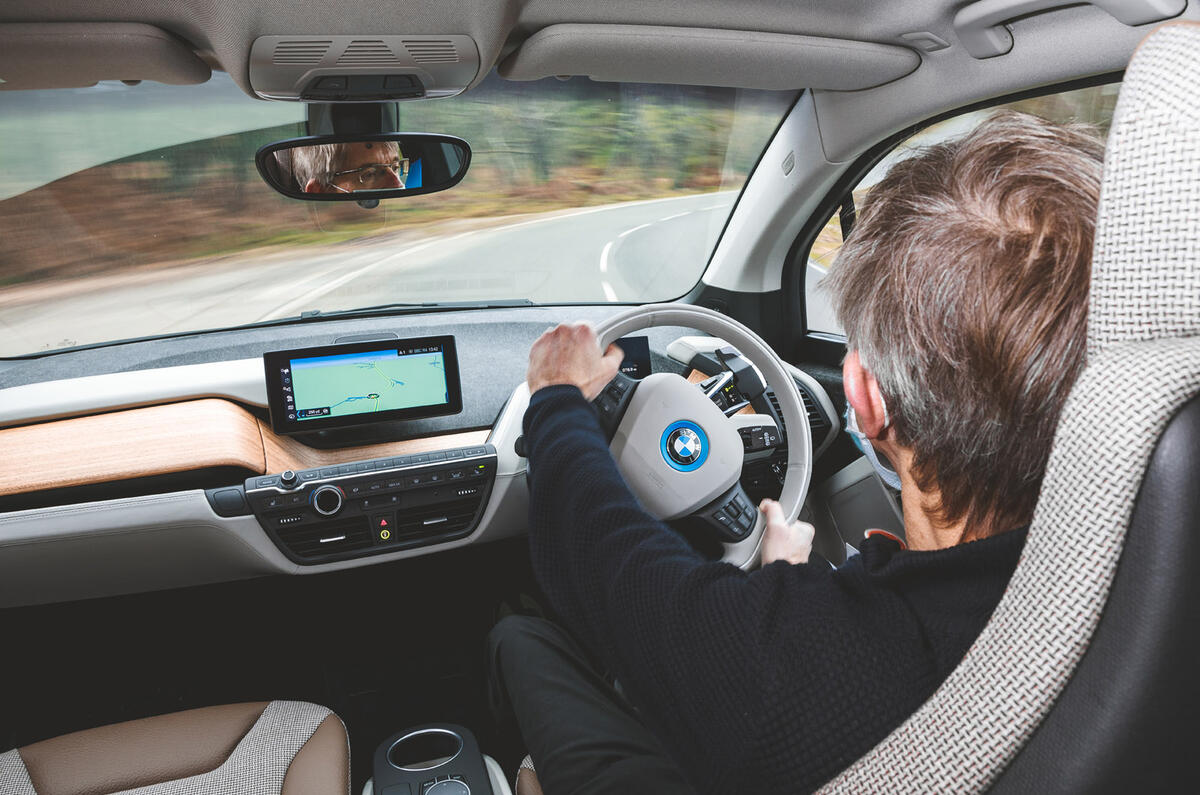
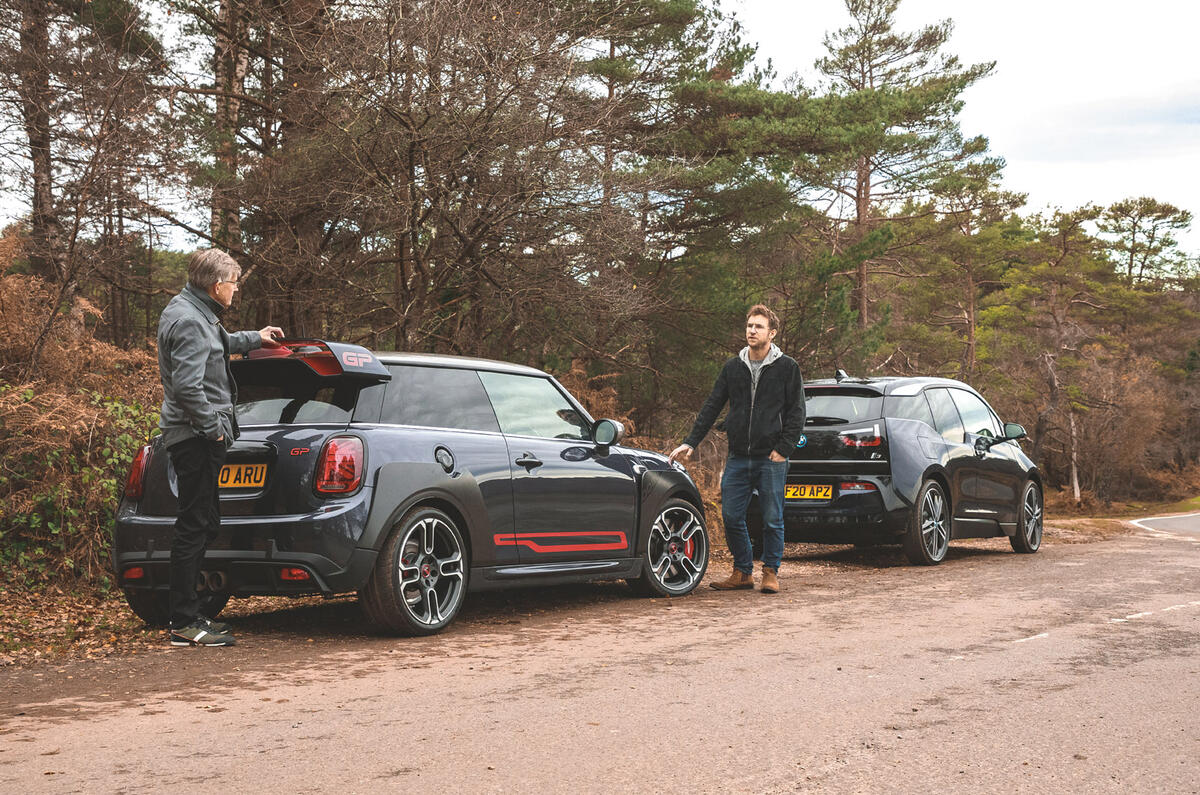
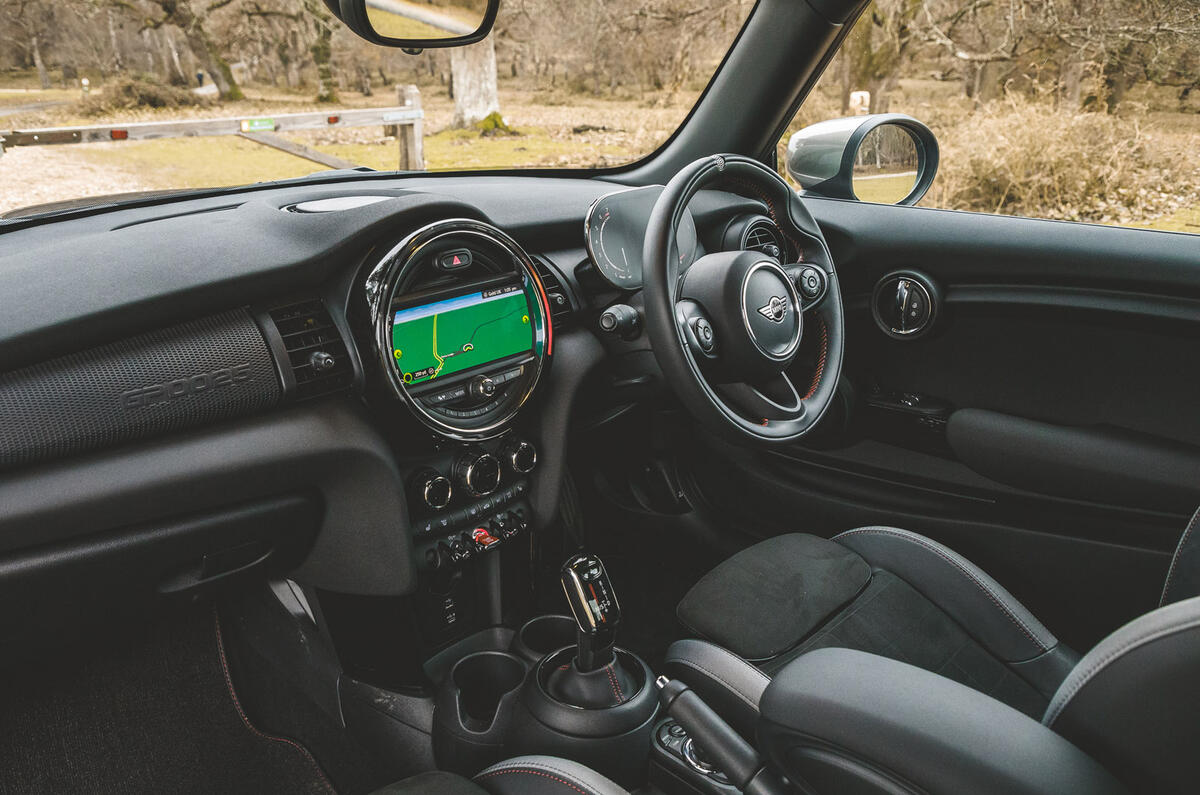
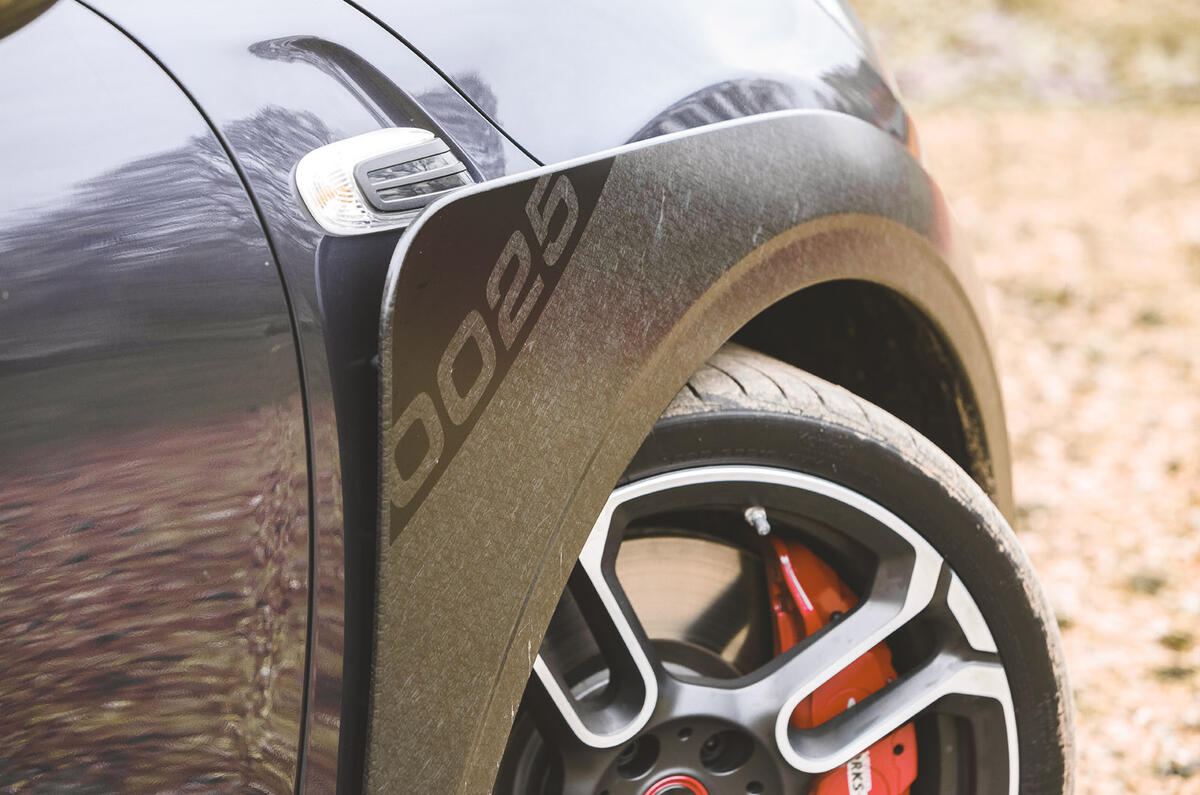
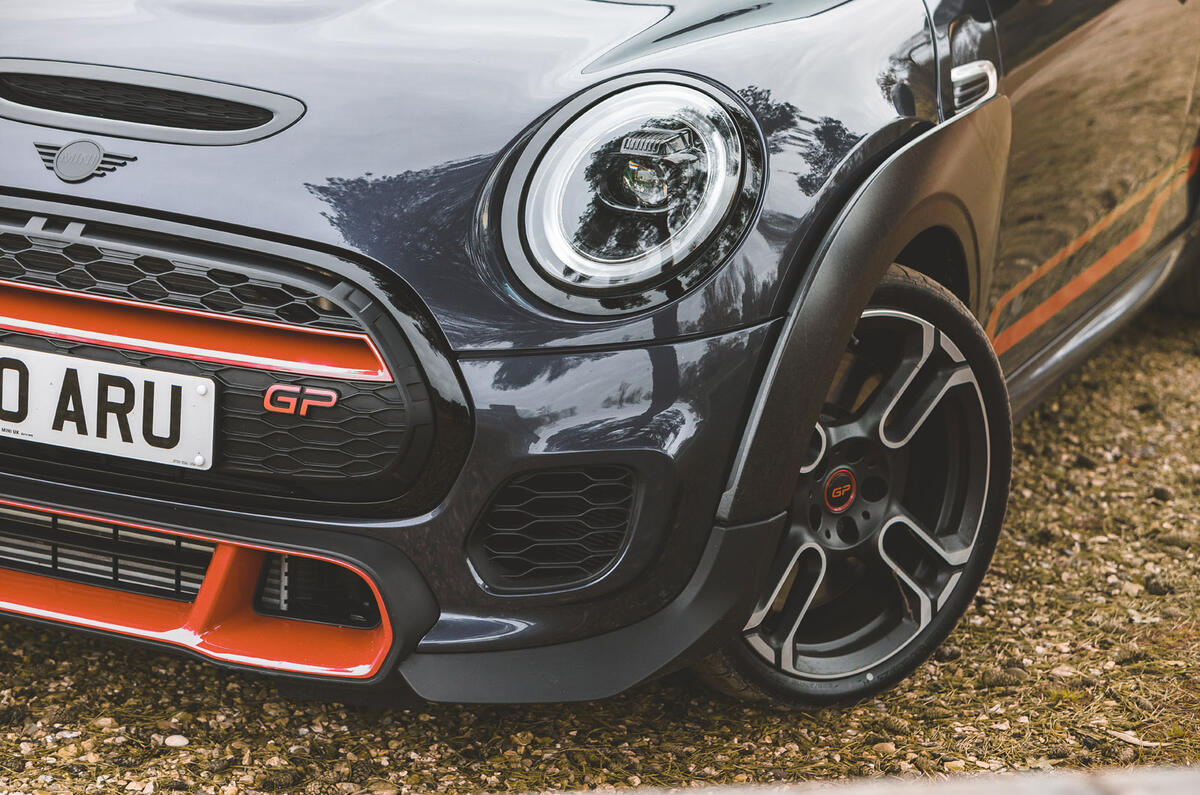
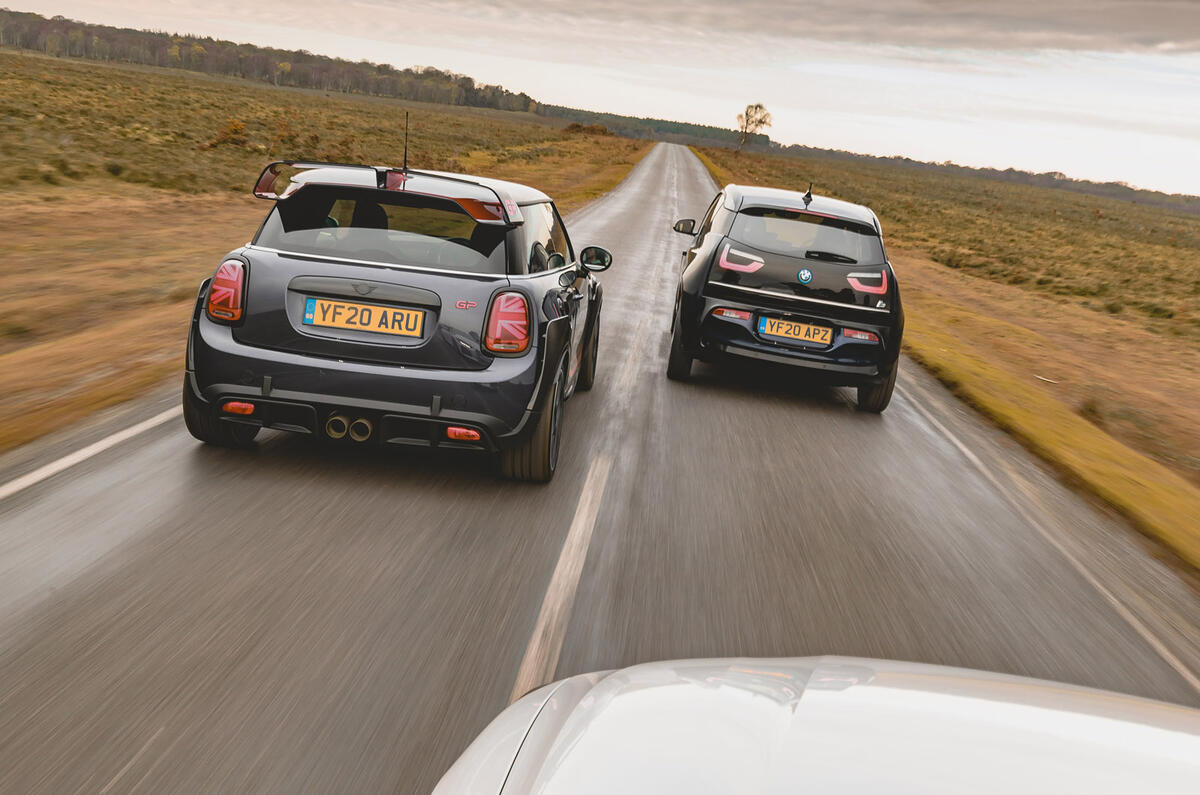
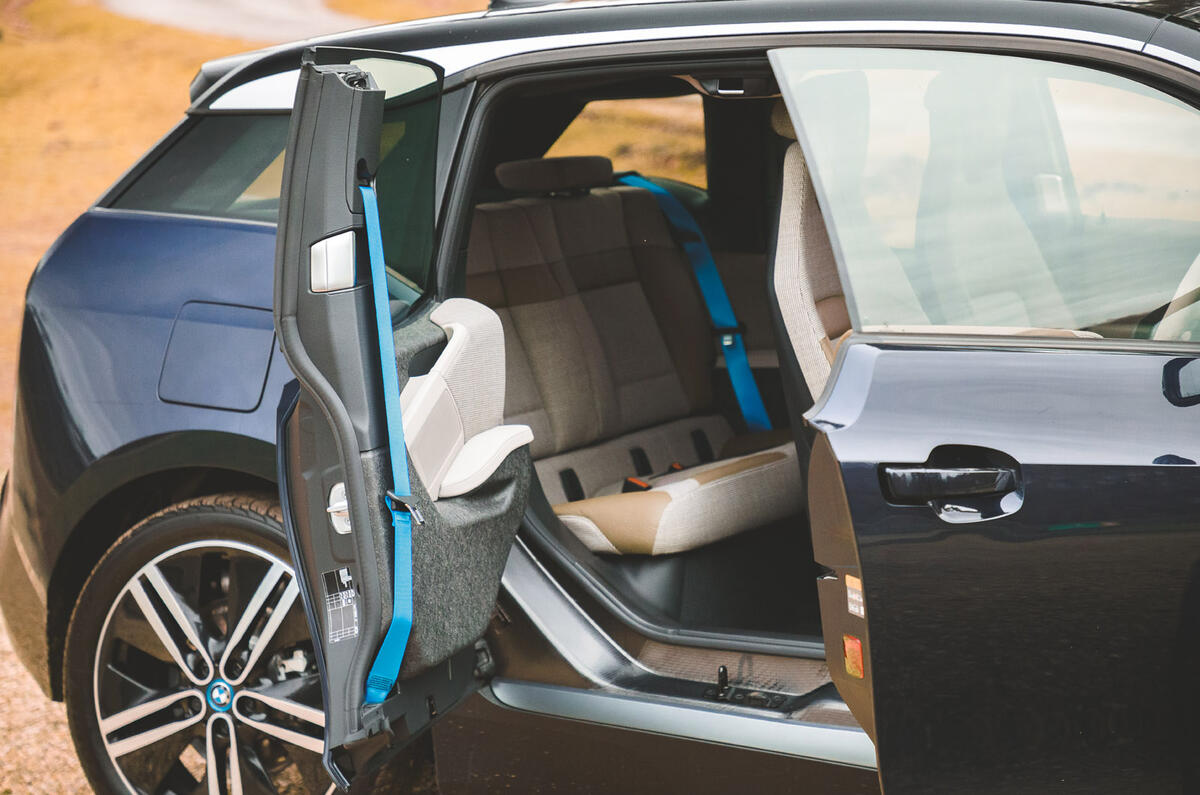
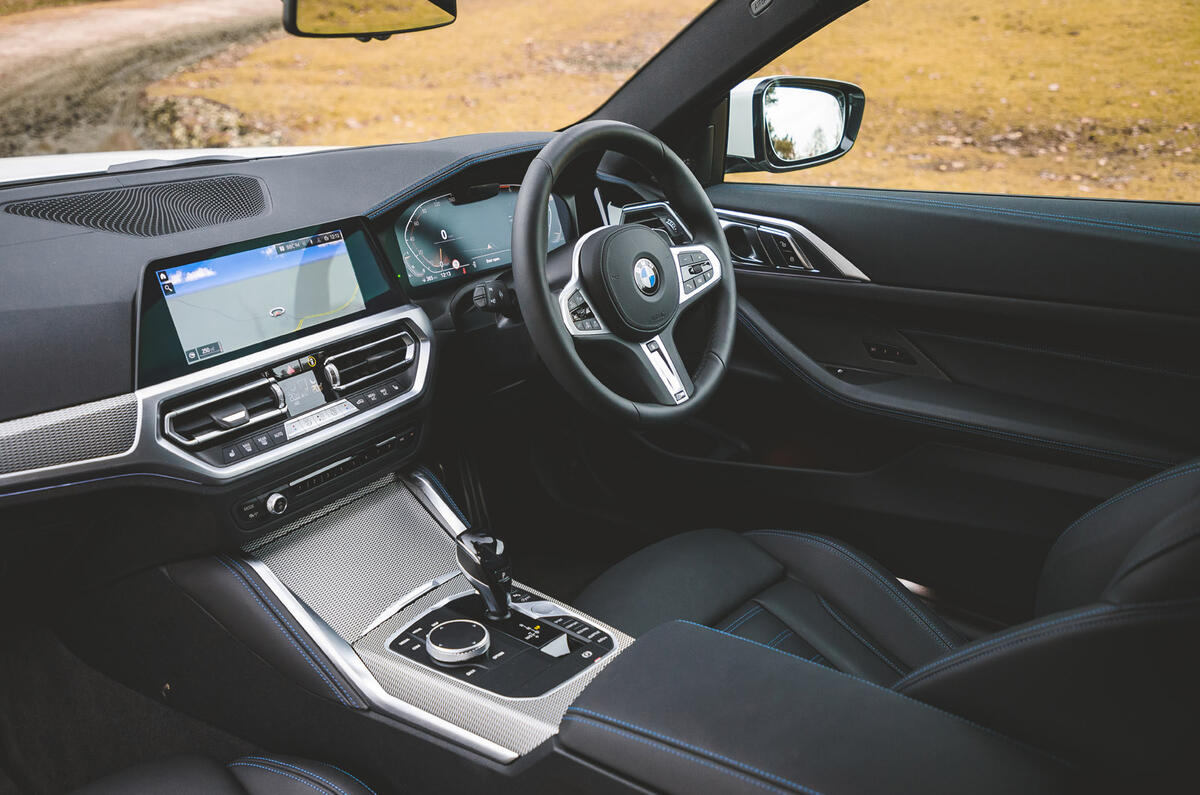




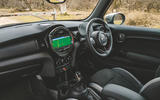
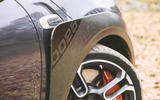
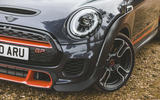

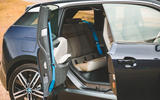



Join the debate
Add your comment
The car NOT to buy is the awful chavmobile MINI, MINI makes the ugliest BMW
An M240i or a used M2C.